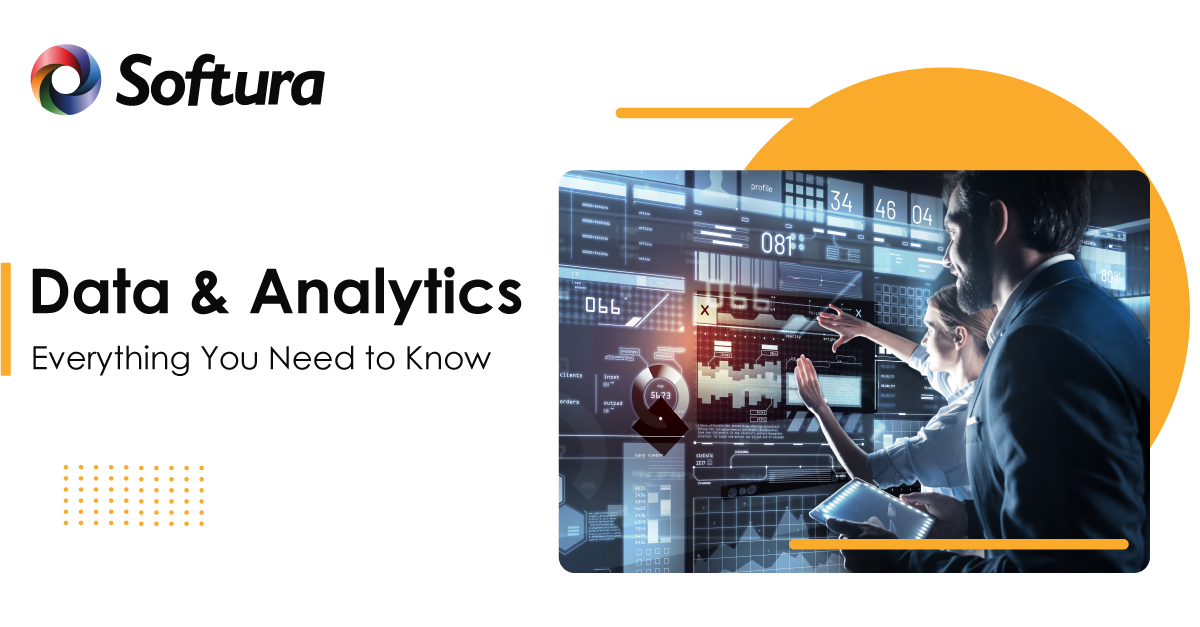Coca-Cola, a famous soft drink brand, collects customer data from vending machines that track days of the week, times of purchases made, and locations of machines to boost current consumption and sell more products, resulting in a more efficient operation that cuts costs and increases profits. In addition, getting consumer feedback via social media and other mediums allows companies to adjust their approach and better align with consumers' interests. The data companies collect aims to enhance the brand experience and expand greater customer loyalty.
- About Us
- Services
- Application Development
- Application Modernization
- AI/ML Development
- BI and Analytics
- Portals and Collaboration
- Mobile App Development
- UI/UX Services
- Office 365 and Microsoft 365 Services
- Cloud Enablement
- Digital Transformation Consulting
- Industry 4.0/5.0
- Virtual and Augmented Reality (VR/AR)
- IOT Development Services
- Software Development As-A-Service
- Adaptive Automation
- Solutions
- Careers
- Contact Us
close
